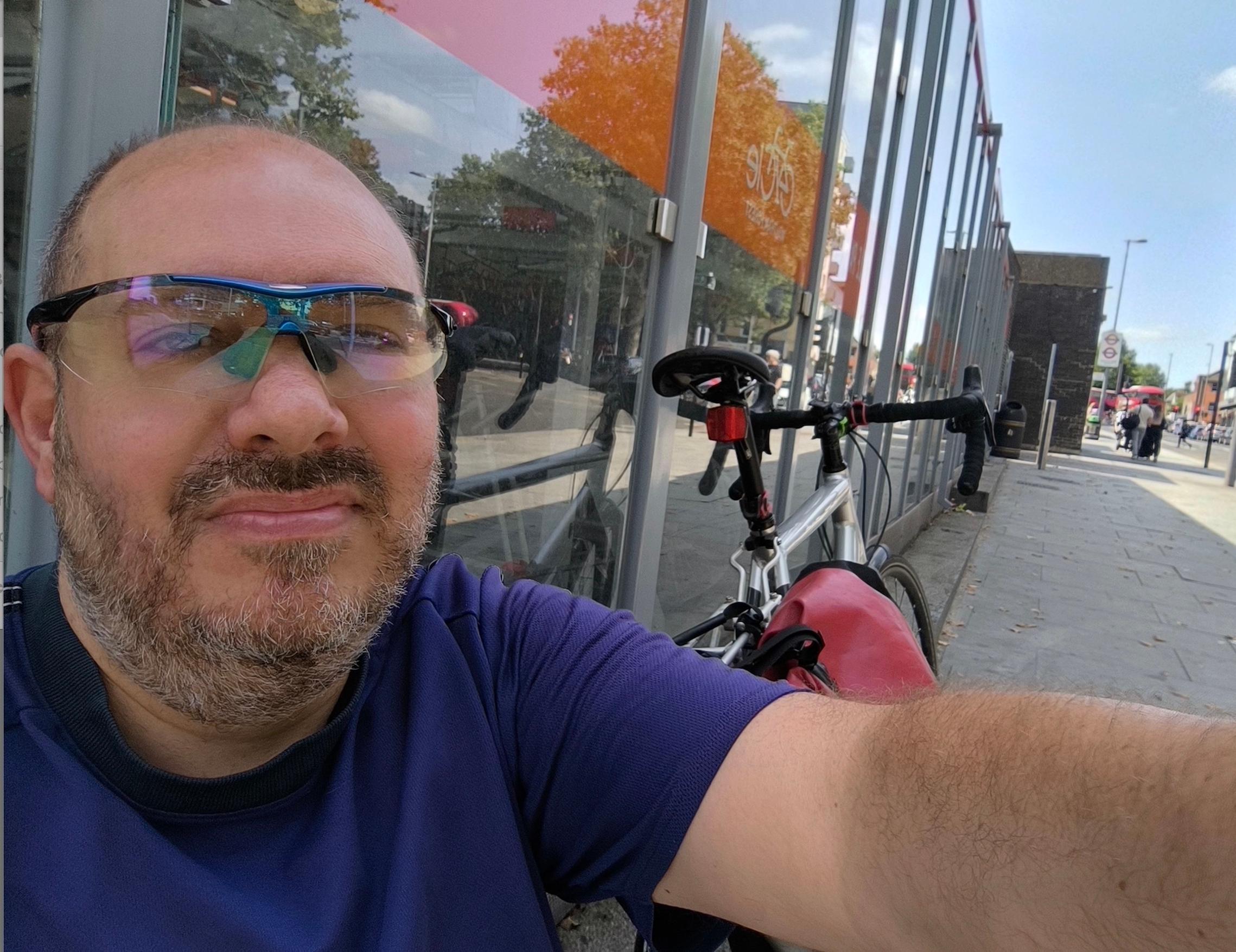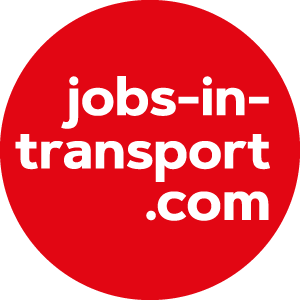

Last week’s four-day Tube strike has clearly demonstrated how attitudes to using hire bikes have changed in the capital, according to Simon Munk, Head of Campaigns and Community Development at the London Cycling Campaign.
“Entire swathes of London, when faced with trying to squeeze on the Overground or a bus or sit in traffic in a car for hours, cycled instead,” he told LTT. “It’s not just about freedom and enjoyment and health benefits - cycling is the most convenient, fastest option available right now and for a significant amount of journeys, it now feels ‘safe enough’ for loads more Londoners to do it, while dockless e-bikes are clearly prized by an increasing number of Londoners for door-to-door convenience and availability.”
This was the first multi-day Tube strike since the expansion of safe cycling routes and cycling infrastructure in London, Munk pointed out. He said that London Mayor Sadiq Khan has more than quintupled main road cycle tracks while London boroughs have delivered Low Traffic Neighbourhoods that enable cycle routes through quiet side streets. Alongside this, inner London cycle hire now includes ‘dockless’ operators too, Munk said.
The strike revealed the “huge latent demand there is for cycling in London”, he said. “We already see 1.33 million cycle journeys made a day - a third of all tube journeys and 4.5% ‘mode share’. That feels like we’re already far beyond the point at which cycling in the capital is a ‘mainstream’ transport mode.”
He added: “Within ten years, we’ve gone from taxi drivers on Twitter telling us that the building of the old ‘east-west Cycle Superhighway’ was pointless, that the tracks were empty, to now the renamed C3 on the Embankment host to reliably well over 10,000 cycle journeys daily and the tracks even before the strike way over capacity - with cycle queues forming at lights during the peak.”
The Tube Strike offered a vision of what London will look like should cycling get to a 10% mode share. During the strike cycle tracks across inner London and even in parts of outer London were massively overcrowded and over-capacity, observed Munk. “Cyclists massively outnumbered drivers on roads where there infamously are no cycle tracks too - like Kensington High Street and Clerkenwell Road.”
The popularity of cycling during the strike revealed that more and better cycling infrastructure is needed in London, Munk told LTT.
“We’ve got enough cycling infrastructure and safe routes to enable a mass of Londoners to feel comfortable enough to cycle, but we’ve still got loads of gaps in the network and where there is infrastructure, we need more to cope with demand.”
He concluded: “The big test is going to be over the next few weeks, post-strike. Based on previous events such as this, some people will permanently make the trade to cycling for the convenience, health benefits, freedom etc but those riding in where the route doesn’t feel really safe, just safe enough in a pinch, will drift back to other transport modes over time. In other words, if we want long-term cycling change, we still need more safe routes all over London.”

TransportXtra is part of Landor LINKS
© 2025 TransportXtra | Landor LINKS Ltd | All Rights Reserved
Subscriptions, Magazines & Online Access Enquires
[Frequently Asked Questions]
Email: subs.ltt@landor.co.uk | Tel: +44 (0) 20 7091 7959
Shop & Accounts Enquires
Email: accounts@landor.co.uk | Tel: +44 (0) 20 7091 7855
Advertising Sales & Recruitment Enquires
Email: daniel@landor.co.uk | Tel: +44 (0) 20 7091 7861
Events & Conference Enquires
Email: conferences@landor.co.uk | Tel: +44 (0) 20 7091 7865
Press Releases & Editorial Enquires
Email: info@transportxtra.com | Tel: +44 (0) 20 7091 7875
Privacy Policy | Terms and Conditions | Advertise
Web design london by Brainiac Media 2020